
Key Points to Design a Positioning Plan
A well-designed positioning plan has to reflect the institution’s mission and vision in an attractive and positive way so that it motivates the target audience to participate, disseminate, and donate. However, this result does not happen in the short or medium term but rather in the long term. Different communication strategies are needed to engage the target audience with the cause in an orderly manner.
Key points that must be taken into account when designing a positioning plan.
-
- Develop a central institutional message: A main message must be elaborated that is clear and concrete, that concisely expresses the central task of the organization, its mission and its vision; that is capable of encompassing all programs under the same umbrella. For example, if your organization works with health programs and projects, you must prepare an institutional message that reflects the change that you want to generate through all the programs, beyond the objectives that each program seeks to generate separately.
- Design a positioning campaign for the central institutional message: The target audience must first learn about your organization’s core business. The main message will help your target understand the institutional mission and can express and share it with third parties. In this phase, it is not important that the target public knows all the organization’s programs in detail, but rather that they have a key institutional idea that they will never forget.
- Develop key messages to publicize each strategic program: After positioning the mission or the central task of the organization, key messages must be elaborated that express in a clear, positive and concise way the most important programs of the organization. For example, if the organization develops 3 key health programs: preventive health, maternal and child health, and sexual reproductive health; key messages must be developed for each of these programs.
- Design separate campaigns for each program you want to position: In this phase, the organization has to define which are the priority programs to position with each target audience. You also need to define the core target audiences that relate to each organization’s strategic program. For example, the topic of preventive health can be positioned with a mass audience that makes it easy for them to understand that prevention is key to staying healthy. The issue of maternal and child health is perhaps more aimed at a female audience of reproductive age or families, to give an example. For its part, the issue of sexual-reproductive health perhaps fits better with a more heterogeneous young audience that understands that the prevention of sexually transmitted diseases and pregnancies is key to having a better quality of life.
- Define the most suitable communication resources to position each message with each target audience: We have a variety of communication resources that will make it easier for us to reach each target audience; The main ones are: postal mail, email, social networks, web page, blogs, Internet, institutional material, events, media and advertising media. We have to define the type of media that best suits the profile of the target audience. Target audience’s profile will not be the same as positioning yourself with a person 50, 60, or 70 years old used to receiving printed material than with a person in their 40s, 30s, or 20s, used to receiving emails and interacting on social networks.
As you can see, positioning is a process that starts with a central institutional idea, until positioning secondary ideas with each specific target. In this way, you will position and segment your target audience so that each group (target) responds in the desired way.
If the process for designing your institution’s positioning plan seems very complex, it is time to find an expert communication consultant to help you define each phase and strategy of the plan.




